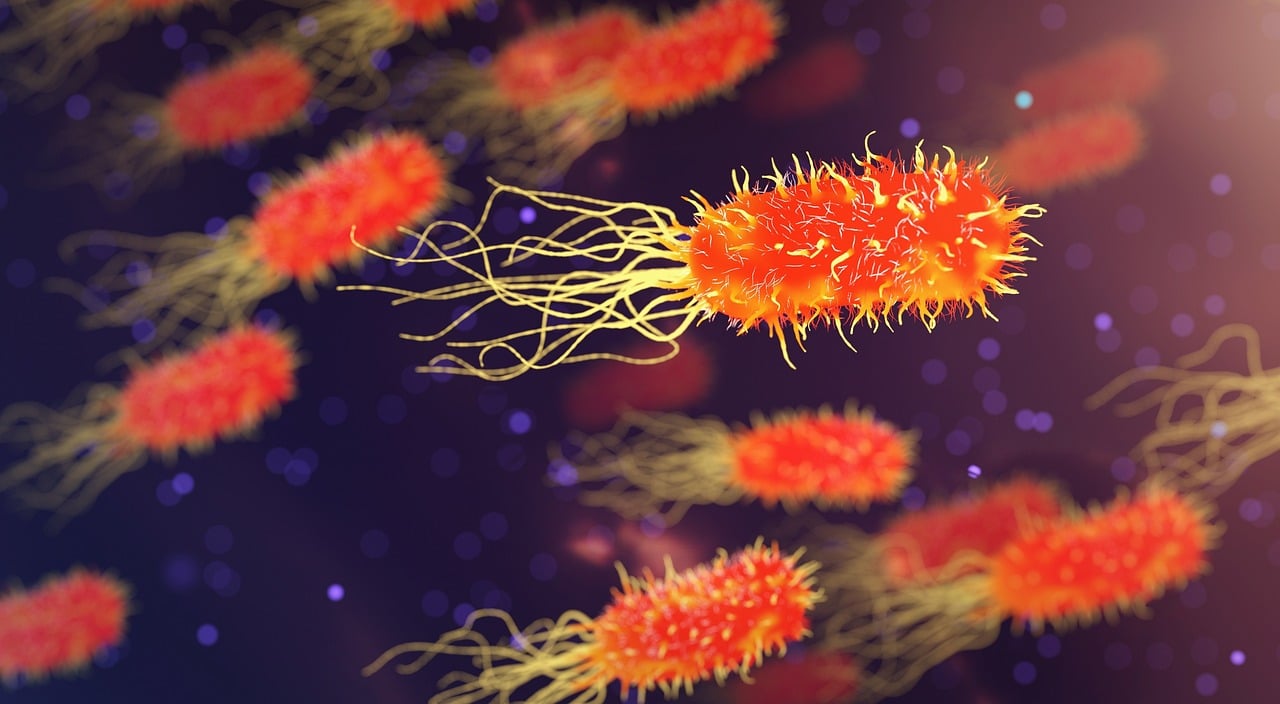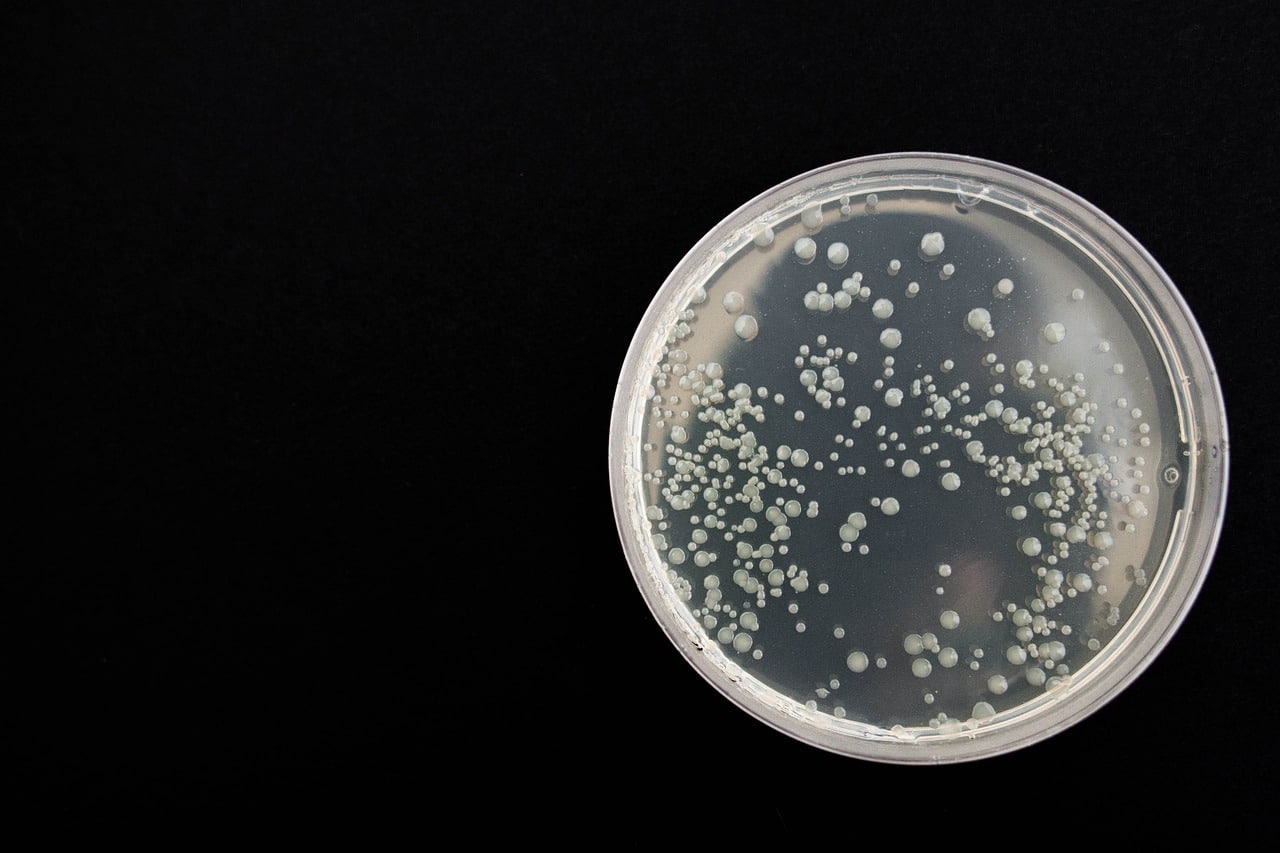
Bacteria are prokaryotic microorganisms that can cause diseases.
Bacteriostatic is that which prevents the reproduction of bacteria . The term is an adjective that can also be used as a noun.
Bacterium
A bacteria is a single-celled microbe that lacks a differentiated nucleus. It is necessary to briefly explain this concept before moving forward with the idea of bacteriostatic. Among bacteria, there are species that cause diseases .
Another way of defining this concept is as prokaryotic microorganisms that can present very varied forms. Among them we can mention the following: cocci, spirillum, spirochetes, vibrios and bacilli , whose shapes are spheres, hilicoidal, curved filaments and bacilli, respectively.
Prokaryotic cells are characterized by not having a defined nucleus; Furthermore, they normally do not have membranous organelles inside either. They usually have a cell wall composed of murein, a copolymer that generates an outer mesh in almost all bacteria. Bacteria need systems to move; In many cases, they have flagella, filament-like structures that allow them to propel themselves.
Bacteriostatic product
A bacteriostatic product makes it impossible for microorganisms known as bacteria to multiply . In this way, by not reproducing, they age until they die without leaving any offspring.
As you can see, a bacteriostatic does not eliminate bacteria : it only prevents them from reproducing . A bactericide , however, does destroy them .
Difference between bacteriostatic and bactericidal
The difference between bacteriostatic and bactericidal products is clear: bacteriostatics stop the growth of bacteria and obstruct their reproduction , but without killing or destroying them; Bactericides, for their part, cause the death of bacteria.
In practice, a bactericide irreversibly eliminates bacteria. Its effective application leads to the death of these microorganisms. A bacteriostatic affects bacterial metabolism , slowing the growth of microbes, which remain alive but can no longer reproduce. This means that, if the bacteriostatic is neutralized or diluted, the bacteria can continue developing .
Antibiotics used in treatments against bacteria in humans and other living beings may include bacteriostatic or bactericidal components depending on the need. Bacteriostatics are also used in cleaning and disinfection tasks that are carried out on inert materials.
Advantages
Among the advantages of bacteriostatic products, we can say that they offer an improvement in the prevention and maintenance of areas prone to infection . Let's take the case of water pipes , where it is normal for limescale to accumulate and bacteria to proliferate: thanks to this type of substances it is possible to treat them with a certain frequency to eliminate bacteria and minimize the risk of their future appearance and potential jams.

Bacteriostatic products prevent the reproduction of bacteria.
This results in monetary savings for the client, since it avoids the need to pay for a service when the situation has become unsustainable. Another advantage of bacteriostatics is that they focus on the root of the problem : instead of focusing on the symptom (as bactericidal products do), they improve the conditions of the surface and make it more resistant to bacteria, in addition to improving the quality. of the air we breathe. Once again, financial savings take on an important importance, since prevention makes it unnecessary to invest money so frequently.
Using bacteriostatic products instead of bactericides represents a leap in quality , something that gives a better image of the companies that offer them and protects customers' health in a more effective way. In the public and commercial sphere, we can talk about public toilets, which are among the most dangerous sources of bacterial accumulation. In these spaces, prevention and maintenance can avoid serious health problems.
